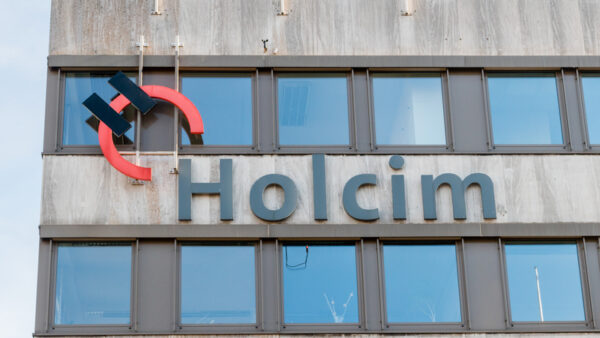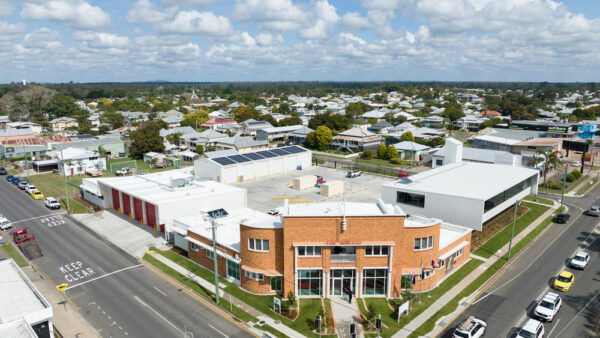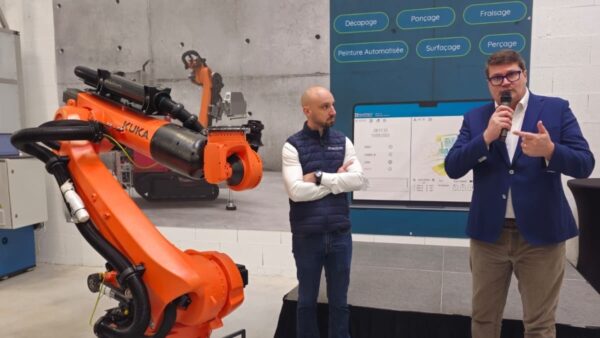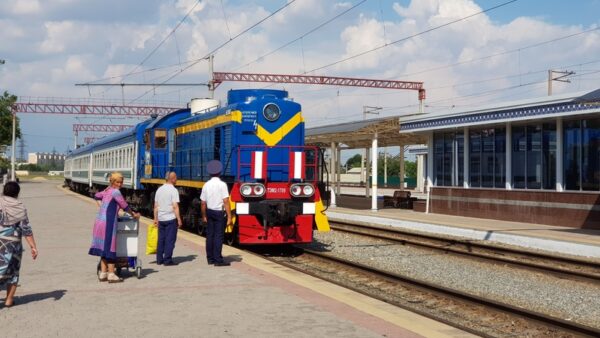A consortium of European companies has been named preferred bidder for the US$1.4bn design, build and operate contract for a light rail system in the centre of Sydney.Â
The winning team was Connecting Sydney, which consists of the Australian subsidiaries of Acciona Infrastructure of Spain and two French firms: the public transport operator Transdev and train-maker Alstom, with Sydney-based Capella Capital on board to handle funding.Â
It was in competition with the iLinQ consortium, made up of UK contractor Balfour Beatty, Queensland engineer McConnell Dowell, with joint venture Keolis Downer as the operator, Bombardier as the train supplier and Macquarie Capital as funder. The third entrant was SydneyConnect, which included Leighton subsidiary John Holland as contractor, Serco as operator and Plenary Group as financier.
Connecting Sydney promised to provide 50% more capacity than the 9,000 passengers an hour originally planned by the state government for the system, which will be called the CBD and South East Light Rail line. It also proposed reducing time needed to close the city’s George Street, one of its busiest thoroughfares.
The consortium will also assume responsibility for operating and maintaining the existing Inner West light rail line. The NSW government will set the fares and will fine the consortium if it fails to meet punctuality and cleanliness targets.
The US$1.4bn project involves constructing a 12km line from Circular Quay via George Street to Central Station and then through Surry Hills to Moore Park, Kensington, Kingsford, and Randwick. It will serve Sydney cricket ground, Sydney football stadium, Randwick racecourse, the University of NSW, and Prince of Wales Hospital.
Gladys Berejiklian, NSW’s state transport minister, announced the decision in favour of the Acciona team. She said: “The preferred bidder’s proposal offers an innovative, world-class solution that will deliver a huge win for public transport customers, with reduced crowding on the light rail service and more capacity to cater for future demand.
“The proposal offers services that from day one carry up to 15% more light rail passengers in peak hours, and 33 percent more seats across the day. As I have said previously, the biggest challenge for this project is meeting the high demand from customers who are expected to choose light rail over buses, private vehicles and other transport options.”
The final contract award is due by the end of the year. It is planned to open the service in 2019 or 2020.






